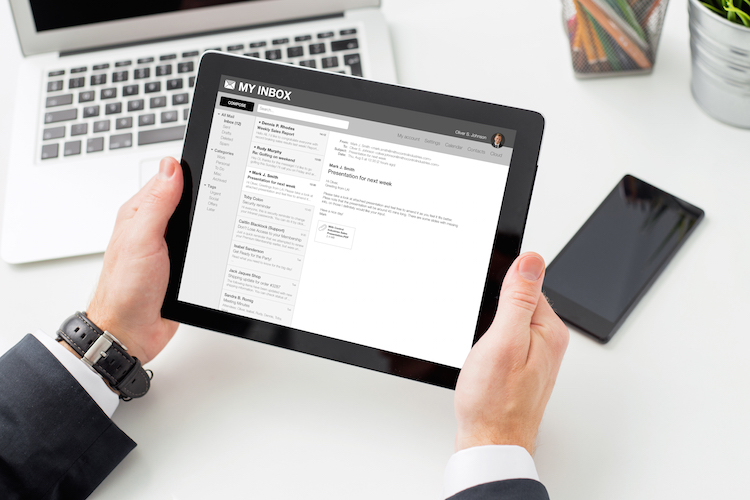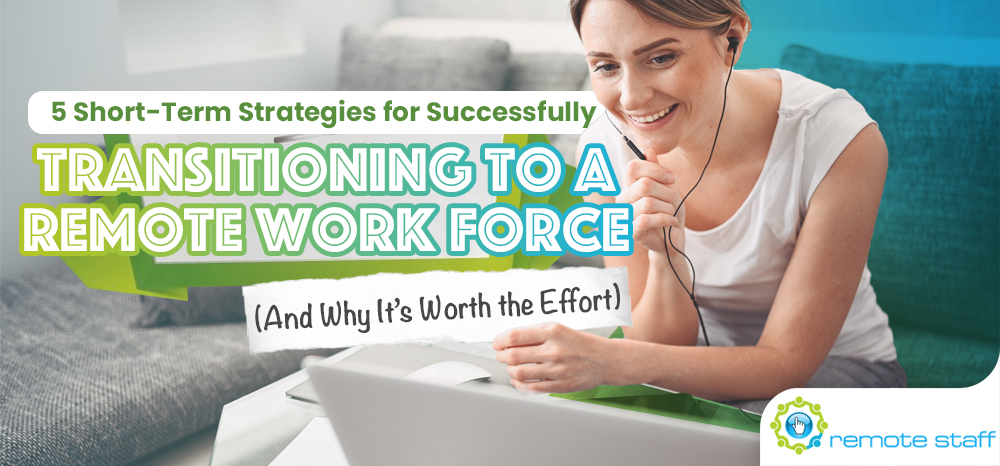So much has changed over the past six months. Heck, the workplace as we know it today looks nothing like the workplace as we knew it.
I’m not even going to mention the C-word anymore since you probably know which one I’m on about. (And no, I don’t mean a certain dirty cuss word, okay? Get your mind out of the gutter, mate.)
Anyway, chances are, your company probably had to shift to some form of remote work since March. It’s also likely that you didn’t have much time to prepare for that, right?
So, that’s what we’ll discuss today. If you’re still struggling with getting your team to function properly via WFH or if you’re considering adapting a remote set-up but don’t know where to begin, the following guide might help:
1. Designate a remote work task force within the company.

If you’ve got people who have experience working remotely, now would be the time to bring them into play. The transition period will definitely bring in a great deal of confusion, and it’s important to anticipate and address possible issues early on.
Otherwise, you can evaluate your current managers and assign the ones you deem suitable to a remote leadership team. They’ll be in charge of documenting real-time challenges and finding solutions for these.
It would also be advisable for you to disseminate the contact details of this team throughout your staff. This way, they can easily get in touch with them for any pressing questions or concerns.
2. Set up formal and informal communication channels.

While the work from home movement is picking up steam, we shouldn’t forget that not all homes are ideal for this set-up. This would mean that not everyone on your team would react to the change in the same way. Furthermore, not being in the office means that your workers will expect frequent updates regarding how the company plans to move forward.
Thus, it’s good to set up communication channels that anyone in your company can access throughout the work day. An online conference room, where anyone can come and go or linger as they please, for instance, is a great way to keep everyone connected.
A secure email platform, on the other hand, would also be a must at this point.
3. Standardize (and slim down) your arsenal of remote work tools.

Image Credit: nextiva.com
That being said, be careful not to overload your newly-transitioned remote staff with too many tools. Google Docs is great for collaborating on the usual reports and articles, but it’s best to stick to one conferencing tool and one project management tool.
Aim to funnel all official communication channels into as few channels as possible to avoid confusion and frustration.
4. Draft your FAQ’s and disseminate these throughout your work force.

Your employees are likely to have a lot of questions about the company’s policies, tools, and access. Compiling the most common ones and drafting accurate and concise answers to each one can address these. Just be sure to communicate the resulting documentation throughout the company.
Also, do update the FAQ’s as necessary, especially when it involves key policy changes or crucial access info.
5. Recognize that shifting to remote work is a process rather than a quick switch.

This is especially true if your company had a strong “in-office” culture. The staff are likely to long for weekly lunches out and the daily afternoon chitchats by the water cooler before long.
Granted, humans are resistant to change by nature, particularly when it’s forced upon them by the circumstances we find ourselves in now. So, you’ll need to take each day as it comes and be honest enough to confront what works and what doesn’t – and to adjust your strategies accordingly.
Transitioning to remote work isn’t always easy, but it can be very rewarding when done well. For starters, remote work can mean significantly fewer overhead expenses. You would need far less office space and by extension, consume less utilities.
Embracing a remote work set-up also opens you up to a bigger talent pool. Your team, after all, wouldn’t need to be within your headquarters’ proximity. You can even opt to hire talented workers from a different country!
Intrigued? Contact Remote Staff today and let us help you out.
Serena has been working remotely and writing content for the better part of the last decade. To date, she's written for Pepper.ph and Mabuhay Magazine, among others, and has churned out more than a thousand articles on everything from The Basics of Stock Market Investing to How to Make Milk Tea-Flavored Taho at home. Hermits, aspiring hermits, and non-hermits with interesting project propositions may email her at serena.estrella10@gmail.com.
























 Zero Recruitment Fee
Zero Recruitment Fee